HSBC 2010 Annual Report Download - page 262
Download and view the complete annual report
Please find page 262 of the 2010 HSBC annual report below. You can navigate through the pages in the report by either clicking on the pages listed below, or by using the keyword search tool below to find specific information within the annual report.-
 1
1 -
 2
2 -
 3
3 -
 4
4 -
 5
5 -
 6
6 -
 7
7 -
 8
8 -
 9
9 -
 10
10 -
 11
11 -
 12
12 -
 13
13 -
 14
14 -
 15
15 -
 16
16 -
 17
17 -
 18
18 -
 19
19 -
 20
20 -
 21
21 -
 22
22 -
 23
23 -
 24
24 -
 25
25 -
 26
26 -
 27
27 -
 28
28 -
 29
29 -
 30
30 -
 31
31 -
 32
32 -
 33
33 -
 34
34 -
 35
35 -
 36
36 -
 37
37 -
 38
38 -
 39
39 -
 40
40 -
 41
41 -
 42
42 -
 43
43 -
 44
44 -
 45
45 -
 46
46 -
 47
47 -
 48
48 -
 49
49 -
 50
50 -
 51
51 -
 52
52 -
 53
53 -
 54
54 -
 55
55 -
 56
56 -
 57
57 -
 58
58 -
 59
59 -
 60
60 -
 61
61 -
 62
62 -
 63
63 -
 64
64 -
 65
65 -
 66
66 -
 67
67 -
 68
68 -
 69
69 -
 70
70 -
 71
71 -
 72
72 -
 73
73 -
 74
74 -
 75
75 -
 76
76 -
 77
77 -
 78
78 -
 79
79 -
 80
80 -
 81
81 -
 82
82 -
 83
83 -
 84
84 -
 85
85 -
 86
86 -
 87
87 -
 88
88 -
 89
89 -
 90
90 -
 91
91 -
 92
92 -
 93
93 -
 94
94 -
 95
95 -
 96
96 -
 97
97 -
 98
98 -
 99
99 -
 100
100 -
 101
101 -
 102
102 -
 103
103 -
 104
104 -
 105
105 -
 106
106 -
 107
107 -
 108
108 -
 109
109 -
 110
110 -
 111
111 -
 112
112 -
 113
113 -
 114
114 -
 115
115 -
 116
116 -
 117
117 -
 118
118 -
 119
119 -
 120
120 -
 121
121 -
 122
122 -
 123
123 -
 124
124 -
 125
125 -
 126
126 -
 127
127 -
 128
128 -
 129
129 -
 130
130 -
 131
131 -
 132
132 -
 133
133 -
 134
134 -
 135
135 -
 136
136 -
 137
137 -
 138
138 -
 139
139 -
 140
140 -
 141
141 -
 142
142 -
 143
143 -
 144
144 -
 145
145 -
 146
146 -
 147
147 -
 148
148 -
 149
149 -
 150
150 -
 151
151 -
 152
152 -
 153
153 -
 154
154 -
 155
155 -
 156
156 -
 157
157 -
 158
158 -
 159
159 -
 160
160 -
 161
161 -
 162
162 -
 163
163 -
 164
164 -
 165
165 -
 166
166 -
 167
167 -
 168
168 -
 169
169 -
 170
170 -
 171
171 -
 172
172 -
 173
173 -
 174
174 -
 175
175 -
 176
176 -
 177
177 -
 178
178 -
 179
179 -
 180
180 -
 181
181 -
 182
182 -
 183
183 -
 184
184 -
 185
185 -
 186
186 -
 187
187 -
 188
188 -
 189
189 -
 190
190 -
 191
191 -
 192
192 -
 193
193 -
 194
194 -
 195
195 -
 196
196 -
 197
197 -
 198
198 -
 199
199 -
 200
200 -
 201
201 -
 202
202 -
 203
203 -
 204
204 -
 205
205 -
 206
206 -
 207
207 -
 208
208 -
 209
209 -
 210
210 -
 211
211 -
 212
212 -
 213
213 -
 214
214 -
 215
215 -
 216
216 -
 217
217 -
 218
218 -
 219
219 -
 220
220 -
 221
221 -
 222
222 -
 223
223 -
 224
224 -
 225
225 -
 226
226 -
 227
227 -
 228
228 -
 229
229 -
 230
230 -
 231
231 -
 232
232 -
 233
233 -
 234
234 -
 235
235 -
 236
236 -
 237
237 -
 238
238 -
 239
239 -
 240
240 -
 241
241 -
 242
242 -
 243
243 -
 244
244 -
 245
245 -
 246
246 -
 247
247 -
 248
248 -
 249
249 -
 250
250 -
 251
251 -
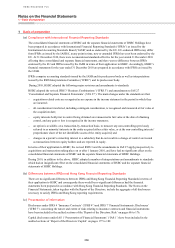 252
252 -
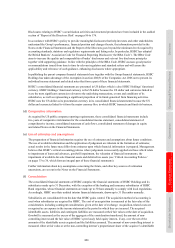 253
253 -
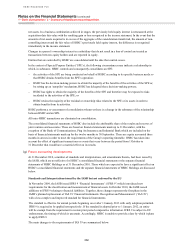 254
254 -
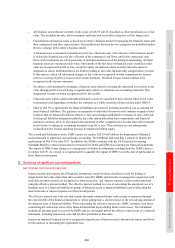 255
255 -
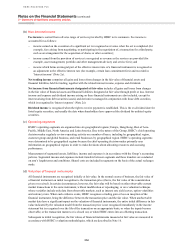 256
256 -
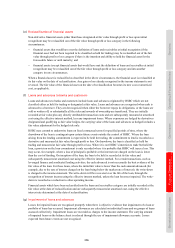 257
257 -
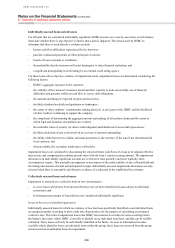 258
258 -
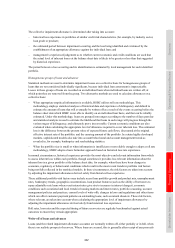 259
259 -
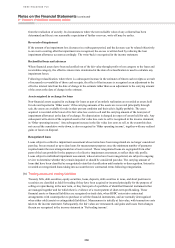 260
260 -
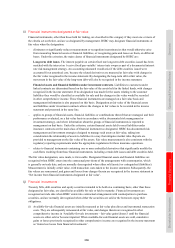 261
261 -
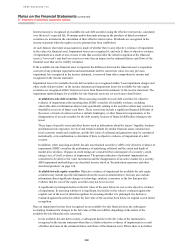 262
262 -
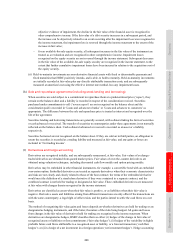 263
263 -
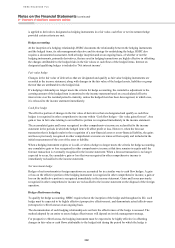 264
264 -
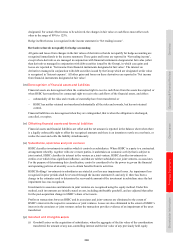 265
265 -
 266
266 -
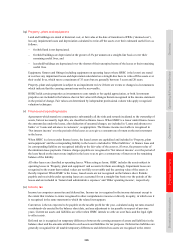 267
267 -
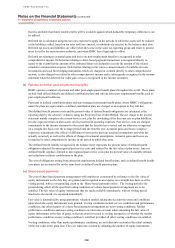 268
268 -
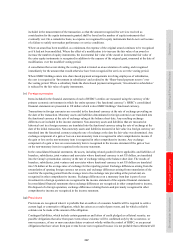 269
269 -
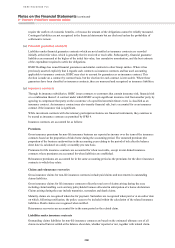 270
270 -
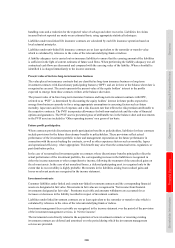 271
271 -
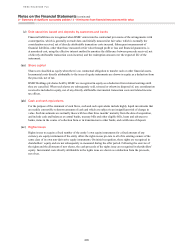 272
272 -
 273
273 -
 274
274 -
 275
275 -
 276
276 -
 277
277 -
 278
278 -
 279
279 -
 280
280 -
 281
281 -
 282
282 -
 283
283 -
 284
284 -
 285
285 -
 286
286 -
 287
287 -
 288
288 -
 289
289 -
 290
290 -
 291
291 -
 292
292 -
 293
293 -
 294
294 -
 295
295 -
 296
296 -
 297
297 -
 298
298 -
 299
299 -
 300
300 -
 301
301 -
 302
302 -
 303
303 -
 304
304 -
 305
305 -
 306
306 -
 307
307 -
 308
308 -
 309
309 -
 310
310 -
 311
311 -
 312
312 -
 313
313 -
 314
314 -
 315
315 -
 316
316 -
 317
317 -
 318
318 -
 319
319 -
 320
320 -
 321
321 -
 322
322 -
 323
323 -
 324
324 -
 325
325 -
 326
326 -
 327
327 -
 328
328 -
 329
329 -
 330
330 -
 331
331 -
 332
332 -
 333
333 -
 334
334 -
 335
335 -
 336
336 -
 337
337 -
 338
338 -
 339
339 -
 340
340 -
 341
341 -
 342
342 -
 343
343 -
 344
344 -
 345
345 -
 346
346 -
 347
347 -
 348
348 -
 349
349 -
 350
350 -
 351
351 -
 352
352 -
 353
353 -
 354
354 -
 355
355 -
 356
356 -
 357
357 -
 358
358 -
 359
359 -
 360
360 -
 361
361 -
 362
362 -
 363
363 -
 364
364 -
 365
365 -
 366
366 -
 367
367 -
 368
368 -
 369
369 -
 370
370 -
 371
371 -
 372
372 -
 373
373 -
 374
374 -
 375
375 -
 376
376 -
 377
377 -
 378
378 -
 379
379 -
 380
380 -
 381
381 -
 382
382 -
 383
383 -
 384
384 -
 385
385 -
 386
386 -
 387
387 -
 388
388 -
 389
389 -
 390
390 -
 391
391 -
 392
392 -
 393
393 -
 394
394 -
 395
395 -
 396
396
 |
 |

HSBC HOLDINGS PLC
Notes on the Financial Statements (continued)
2 – Summary of significant accounting policies
260
Interest income is recognised on available-for-sale debt securities using the effective interest rate, calculated
over the asset’s expected life. Premiums and/or discounts arising on the purchase of dated investment
securities are included in the calculation of their effective interest rates. Dividends are recognised in the
income statement when the right to receive payment has been established.
At each balance sheet date an assessment is made of whether there is any objective evidence of impairment
in the value of a financial asset. Impairment losses are recognised if, and only if, there is objective evidence
of impairment as a result of one or more events that occurred after the initial recognition of the financial
asset (a ‘loss event’) and that loss event (or events) has an impact on the estimated future cash flows of the
financial asset that can be reliably estimated.
If the available-for-sale financial asset is impaired, the difference between the financial asset’s acquisition
cost (net of any principal repayments and amortisation) and the current fair value, less any previous
impairment loss recognised in the income statement, is removed from other comprehensive income and
recognised in the income statement.
Impairment losses for available-for-sale debt securities are recognised within ‘Loan impairment charges and
other credit risk provisions’ in the income statement and impairment losses for available-for-sale equity
securities are recognised within ‘Gains less losses from financial investments’ in the income statement. The
impairment methodologies for available-for-sale financial assets are set out in more detail below.
– Available-for-sale debt securities. When assessing available-for-sale debt securities for objective
evidence of impairment at the reporting date, HSBC considers all available evidence, including
observable data or information about events specifically relating to the securities which may result in a
shortfall in recovery of future cash flows. These events may include a significant financial difficulty of
the issuer, a breach of contract such as a default, bankruptcy or other financial reorganisation, or the
disappearance of an active market for the debt security because of financial difficulties relating to the
issuer.
These types of specific event and other factors such as information about the issuers’ liquidity, business
and financial risk exposures, levels of and trends in default for similar financial assets, national and
local economic trends and conditions, and the fair value of collateral and guarantees may be considered
individually, or in combination, to determine if there is objective evidence of impairment of a debt
security.
In addition, when assessing available-for-sale asset-backed securities (‘ABS’s) for objective evidence of
impairment, HSBC considers the performance of underlying collateral and the extent and depth of
market price declines. Changes in credit ratings are considered but a downgrade of a security’s credit
rating is not, of itself, evidence of impairment. The primary indicators of potential impairment are
considered to be adverse fair value movements and the disappearance of an active market for a security.
ABS impairment methodologies are described in more detail in ‘Securitisation exposures and other
structured products’ on page 128.
– Available-for-sale equity securities. Objective evidence of impairment for available-for sale equity
securities may include specific information about the issuer as detailed above, but may also include
information about significant changes in technology, markets, economics or the law that provides
evidence that the cost of the equity securities may not be recovered.
A significant or prolonged decline in the fair value of the asset below its cost is also objective evidence
of impairment. In assessing whether it is significant, the decline in fair value is evaluated against the
original cost of the asset at initial recognition. In assessing whether it is prolonged, the decline is
evaluated against the period in which the fair value of the asset has been below its original cost at initial
recognition.
Once an impairment loss has been recognised on an available-for-sale financial asset, the subsequent
accounting treatment for changes in the fair value of that asset differs depending on the nature of the
available-for-sale financial asset concerned:
– for an available-for-sale debt security, a subsequent decline in the fair value of the instrument is
recognised in the income statement when there is further objective evidence of impairment as a result
of further decreases in the estimated future cash flows of the financial asset. Where there is no further
